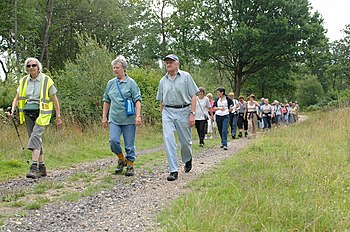There are many forms of pneumonia and the disease generates different symptoms depending on its origin. Pneumonia generally affects both lungs and involves infection, irritation and swelling. Sometimes only one pulmonary lobe may be affected, in which case the disease is not very serious. Sometimes pneumonia affects only the upper pulmonary region (bronchial area), while in some cases the disease affects the entire region of the lungs.
There can be many factors that contribute to the development of pneumonia. When the disease is caused by infectious agents, the disease is more serious and requires medical treatment. The forms of pneumonia that don’t involve infection (aspiration pneumonia) usually don’t require any medications and they clear up within a few days or weeks.
Pneumonia can be either typical or atypical. Typical pneumonia is caused by infection with common viruses (influenza, herpes simplex virus, varicella-zoster, adenovirus, respiratory syncytial virus), infection with gram-positive bacteria (Streptococcus pneumoniae, Staphylococcus aureus, Streptococcus pyogenes) or infection with gram-negative bacteria (Haemophilus influenzae, Klebsiella pneumoniae, Neisseria meningitides, Pseudomonas aeruginosa). Sometimes typical pneumonia can be caused by a combination of these infectious agents.
Atypical pneumonia is caused by less common infectious agents, which have the traits of both viruses and bacteria. Atypical pneumonia is also called walking pneumonia. Walking pneumonia, as the name suggests it, usually doesn’t involve hospitalization o medical treatment. Walking pneumonia allows patients to carry on with their normal activities and they are free to leave the hospital right after they receive a physical examination. Although walking pneumonia isn’t always serious, the disease is still very contagious and it is important to take measures in preventing the spreading of the disease. Good personal hygiene is very important in preventing contamination. Although walking pneumonia can be also contracted through breathing, people who suffer from the disease need to avoid close physical contact with other people until they are fully recovered.
Walking pneumonia is common in children and teenagers. The disease is usually caused by microorganisms called Mycoplasma pneumoniae, in which case it doesn’t require medical treatment. Walking pneumonia resembles flu or cold and sometimes its symptoms are perceived at later stages of the disease. A person with walking pneumonia can experience the symptoms of the disease only after several weeks from contracting the microorganisms responsible for the infection. Walking pneumonia evolves slowly and it can be diagnosed long after a person has caught the disease, therefore allowing the infectious agents to be contacted by other people.
Although walking pneumonia is not always a serious disease, doctors may experience difficulties in diagnosing it. The symptoms of walking pneumonia are not specific and can point to flu or cold instead. After identifying the disease, doctors may recommend medical treatment with antibiotics in order to speed up the patients’ recovery and to prevent them from spreading walking pneumonia to other people.









